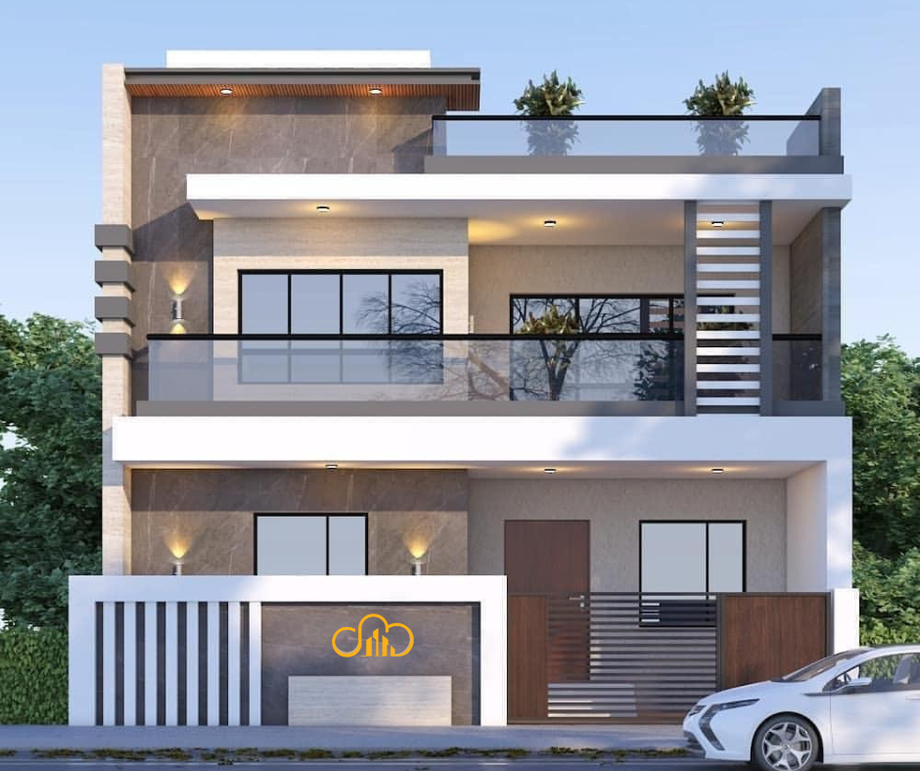Architectural design is a captivating blend of art and science, where creativity and innovation converge to shape the built environment around us. It is a profession that goes beyond the aesthetic appeal of buildings; it involves creating functional, sustainable, and meaningful spaces that resonate with people. In this article, we will delve into the world of architectural design, exploring the roles and responsibilities of architectural designers, the creative processes they employ, and the impact of their work on our daily lives.
The Role of an Architectural Designer
Architectural designers are the visionaries behind the construction and renovation of buildings and spaces. They work closely with clients, engineers, and construction professionals to transform ideas into tangible structures. An architectural designer's responsibilities include:
Conceptualization: Architects begin by understanding their clients' needs and desires, creating a conceptual design that captures the essence of the project. This stage involves brainstorming, sketching, and exploring various design possibilities.
Planning and Design Development: Once a concept is approved, architectural designers develop detailed plans, incorporating structural elements, materials, and environmental considerations. They use computer-aided design (CAD) software to create precise drawings and 3D models.
Regulatory Compliance: Architects navigate complex building codes, zoning regulations, and environmental guidelines to ensure that their designs meet legal requirements. They may also assist with obtaining necessary permits.
Sustainability: Today's architectural designers play a crucial role in promoting sustainable design practices. They integrate energy-efficient systems, renewable materials, and eco-friendly designs to minimize the environmental impact of buildings.
Construction Oversight: Throughout the construction phase, architectural designers collaborate with contractors to ensure that the project adheres to the design specifications. They address any unforeseen challenges that may arise during construction.
The Creative Process in Architectural Design
Architectural design is a dynamic and creative process that combines artistic flair with technical expertise. Here are some key stages of this process:
Inspiration: Inspiration can come from anywhere – nature, culture, history, or even a client's unique vision. Architectural designers draw inspiration from diverse sources to infuse creativity into their designs.
Sketching and Ideation: The initial design phase involves sketching and ideation. Designers use drawings, mood boards, and prototypes to explore different design directions and concepts.
Design Development: As ideas take shape, architectural designers refine their concepts. They consider practical aspects like functionality, spatial organization, and circulation, ensuring that the design aligns with the project's objectives.
Technology Integration: Architectural designers leverage cutting-edge technologies like CAD, Building Information Modeling (BIM), and virtual reality to create digital representations of their designs. These tools aid in visualization and collaboration with clients and project stakeholders.
Materials and Sustainability: Selecting appropriate materials is crucial to achieving the desired aesthetics and sustainability goals. Designers choose materials that enhance the building's performance, aesthetics, and environmental impact.
Collaboration: Architectural designers collaborate closely with engineers, interior designers, landscape architects, and other specialists to ensure a holistic approach to the project. This interdisciplinary collaboration ensures that the design integrates seamlessly with all facets of the built environment.
The Impact of Architectural Design on Society
Architectural design profoundly influences our daily lives. Well-designed buildings and spaces enhance our quality of life, fostering a sense of community and identity. Here are some ways architectural design impacts society:
Functionality and Efficiency: Architects optimize spaces for functionality and efficiency, ensuring that buildings serve their intended purposes effectively. This includes designing ergonomic workspaces, comfortable homes, and accessible public facilities.
Aesthetics and Culture: Architectural design reflects cultural values and aesthetics. Iconic buildings and landmarks become symbols of identity and pride for communities and nations.
Sustainability and Environment: Architects play a pivotal role in addressing environmental challenges. Sustainable design practices reduce energy consumption, minimize waste, and conserve natural resources.
Human Well-being: Thoughtfully designed spaces enhance human well-being. Natural light, ventilation, and access to green spaces contribute to occupant health and comfort.
For More Info:-
Registered Architects in Jamshedpur
Architectural Designer in Jamshedpur






Comments